Section outline
-
The course seeks to introduce students to the richness and diversity of feminist and queer theory in relation to a vast array of examples of contemporary art produced in Central and Eastern Europe. The course will cover a broad variety of topics ranging from identity, embodiment, race, sexuality, authorship, institutional critique, to spectacle and gaze, among others. Students will be encouraged to analyse ideological inscriptions and the effects of the sex/gender system and heteronormativity and invited to challenge the related overlapping, and contradictory systems of power that shape our lives and actions.
-
Introduction: Doing feminist and queer theory in Central Eastern Europe
February 16
-
Who am I: Identity, Gender, and Sexuality
February 23
HW:
Please watch the videos below and try to answer the following questions. Be ready to discuss them in class.
- What means do the artists use to construct/deconstruct gender identities in their work?
- Characterise the notion of identity conveyed in their artworks?
- Do you think it is emancipatory? In what way?
Katarzyna Kozyra: In Art Dreams Come True (2003-)
https://artmuseum.pl/en/filmoteka/praca/kozyra-katarzyna-w-sztuce-marzenia-staja-sie-rzeczywistoscia
https://artmuseum.pl/en/filmoteka/praca/kozyra-katarzyna-cheerleaderka?age18=true
Radim Labuda: Somebody (2004)
https://artycok.tv/en/2836/something
Marie Lukáčová: Gizd and Zgarb (2016)
https://www.marielukacova.com/gizd-i-zgarb/
Jan Matýsek: I can be Real as You Can Dream (2019)
https://test.natalieplevakova.cz/portfolio/items/i-can-be-real-as-you-can-dream-jan-matysek/
-
Body Image
Collaborative discussion with students from North Carolina State University
March 3 (Wednesday), 5:30 - 6:20 PM
The discussion will be facilitated via zoom: https://ncsu.zoom.us/j/4980321344
Meeting ID: 498 032 1344Choose a contemporary work of art from Central Eastern Europe concentrating on the context of body image. During the joint class you will be divided in break out rooms and asked to briefly introduce the chosen art piece and comment on the reasons behind your choice. Furthermore, you should be able to respond to at least two of the following questions:
1. What are the positive/negative connotations of body images presented in the works of art you've selected?
2. Does the artwork you chose have an emancipatory potential?
3. How have differences in race, class, and sexual orientation impacted body image?
4. Do you notice any patterns and connections between how you feel about your body and the media's narrative about body image?
On Tuesday, March 2nd (at the latest) upload the image / link to the following Google drive: https://drive.google.com/drive/folders/1FJdGCBAxQe4qhL7rXLkA6BbCJisWtDe3?usp=sharing
Name the file using your surname, the name of the artist and the title of the artwork.
On Wednesday March 3rd, please check all the uploaded artworks so that you are familiar with them and can refer to them during the discussion. You will be able to share screen in order to show the image with the others. The students from NCSU will be uploading their own art / body image projects.
-
Gender and Sexuality in Central and Eastern Europe
March 9
HW:
Please watch the videos and see the works below and try to answer the following questions. Be ready to discuss them in class.
- What means does the artist use to construct/deconstruct gender and national identity in this artwork?
- How would you characterise the notion of national identity as conveyed in these artworks?
- Do you consider the works emancipatory? In what way?
Milica Tomić: I’m Milica Tomić (1999)
Marina Abramović’s Balkan Erotic Epic (2006)
https://www.li-ma.nl/lima/catalogue/art/marina-abramovic/balkan-erotic-epic/9603
Tanja Ostojić: Looking for a Husband with EU Passport (2001-5)

-
Unearthing the Roots: Gender and Sexuality under Socialism
March 16
Using the artworks below, try to respond to the following questions:
Wojciech Fangor: Figures (1950)
- What means does the artist use to construct socialist femininity and masculinity?
- What is the intended as well as unintended message of this painting?
- Do you find the portrayal of socialist femininity emancipatory?
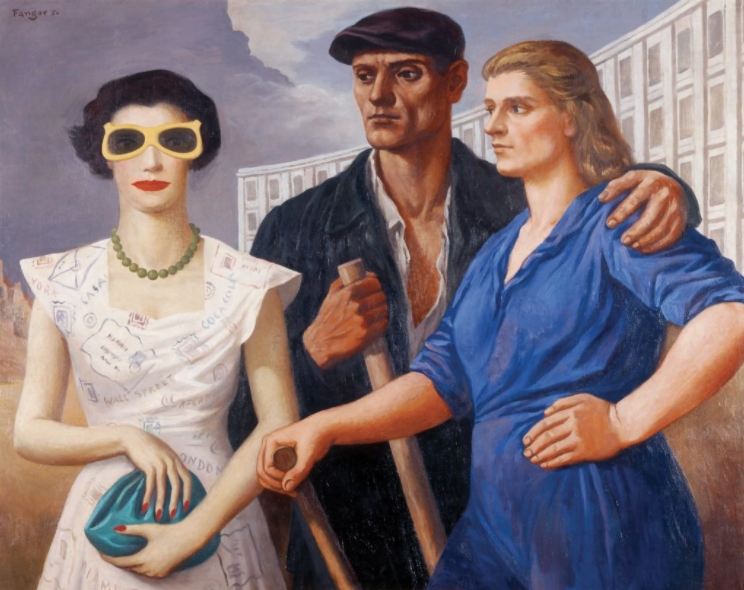
Using the artwork below, try to respond to the following questions:
Natalia LL: Consumerist Art (1972-5)
https://artmuseum.pl/en/filmoteka/praca/ll-natalia-sztuka-konsumpcyjna?age18=true
- How does this portrayal of gendered desiring body relate to socialist system?
- How can this example enter into a dialogue with western feminism?
- Do you consider the work emancipatory?
Using the artwork below, try to respond to the following questions:
Sanja Iveković: Triangle (1979)
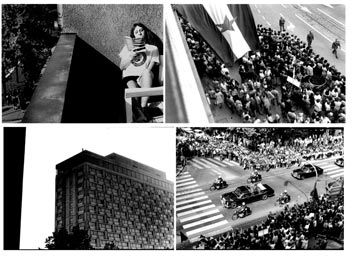
- How does this portrayal of gendered desiring body relate to socialist system?
- How can this example enter into a dialogue with western feminism?
- Do you consider the work emancipatory?
-
Guest Lecture: Karol Radziszewski: Queer Archives Institute: Institution as an Art Practice
March 23
The class will be taught via Zoom:
https://cesnet.zoom.us/j/98967057922?pwd=WE1ESDAzMDFYRmVFaTVUc0gyNkJydz09
Meeting ID: 989 6705 7922
Passcode: 239518Prior class, please check out the following link of the oral history video-interviews collection here: https://vimeo.com/queerarchivesinstitute and be ready for a discussion.
Post-socialist states, where many historical threads have been ruptured or, indeed, never actually emerged, are witnessing attempts to construct national identities anew and develop new narratives. History, including art history, is largely (re)constructed and sometimes manipulated depending on the current political conditions. To respond to these processes, Radziszewski is interested in reviewing history and complementing main narratives with neglected threads, with a particular focus on minority voices. His efforts towards queering and decolonizing history are founded on the archives that he acquires and studies. He will present the long-term project Queer Archives Institute (QAI) as an example of his working methodology.
-
Feminist and Queer Struggles: From Russia to Poland
March 30
Please watch the videos and see the works below and try to answer the following questions. Be ready to discuss them in class.
- What means and strategies do artist and activists use to engage and activate their audience?
- What strategies do you find efficient in achieving this and why?
HW:
Yulia Tzvetkova: Free Yulia Tzetkova
Pussy Riot: Punk Prayer
Pussy Riot: Straight Outta Vagina
Chto delat: It did not happen with us, yet. Safe Haven
Filip Kijowski and Barbara Gryka: My Flower (2020)
-
Claiming Space, Institutionalising Discourse: Feminist and Queer Institutional Critique
April 6
Looking at the following works of art, try to answer the questions below.
- What means does the artist use to critique / challenge power relations in art?
- Do you find these means effective?
Kriszta Nagy: I am a Contemporary Painter (1998)
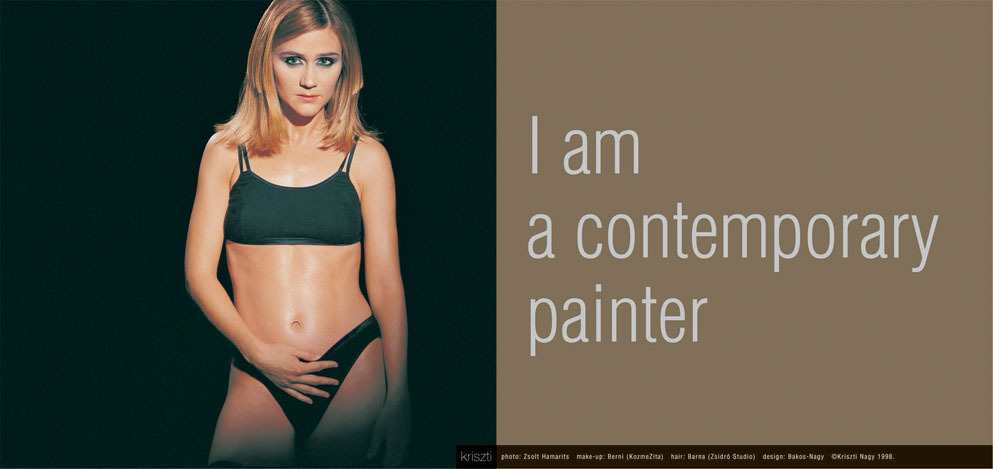
Kateřina Olivová: I... NG (2018)


Aleka Polis: Rosa Rotes, performance at the Contemporary Art Gallery in Opole (2016)
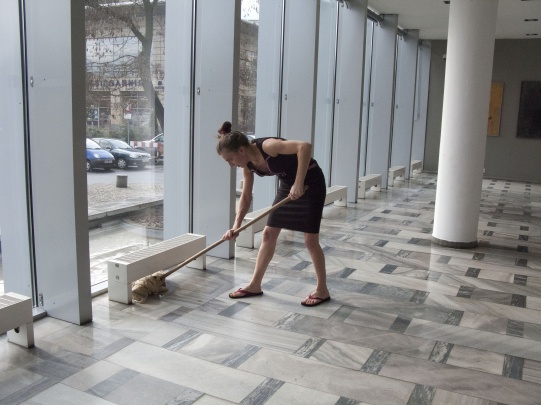
Fourth Wave
-
Guest Lecture: Rado Ištok
Toyen in Stockholm: On Gothic Castles and Émigré and Queer Kinship
April 13
In 1970, Moderna Museet in Stockholm acquired for its collection The Myth of Light, a 1946 painting by the Czech Surrealist artist Toyen, which was in the same year part of the exhibition Surrealism? curated by the Swedish artist and curator Ragnar von Holten. Von Holten’s interest in the work of Toyen later materialised in Toyen’s monograph (1984) and her retrospective at Moderna Museet (1985) which he wrote and curated respectively. What role did queerness play in Ragnar von Holten’s relation to Toyen and her work? And to which extend are collecting histories also queer histories?
-
The Other of the Other: Intersectionality in CEE
April 20
Looking at the following artworks, try respond to the following questions:
- What are the effects of intersections between gender, sexuality, and race / ethnicity reflected in the following artworks?
- What strategies does the artist use to analyse / overcome disempowerment?
Tamara Moyzes: Miss Roma (2007)
https://vimeo.com/25963210?from=outro-embed
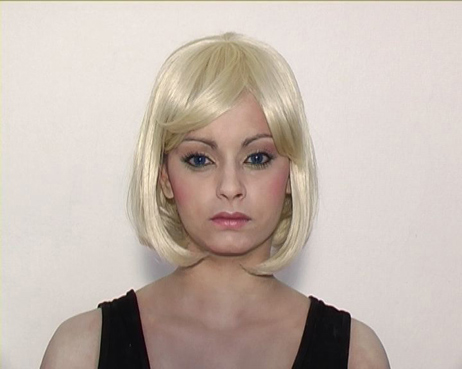
Emilia Rigová: Vomite Ergo Sum! (2018)

Robert Gabris: Insectopia (2020)
https://robertgabris.com/insectopia.html
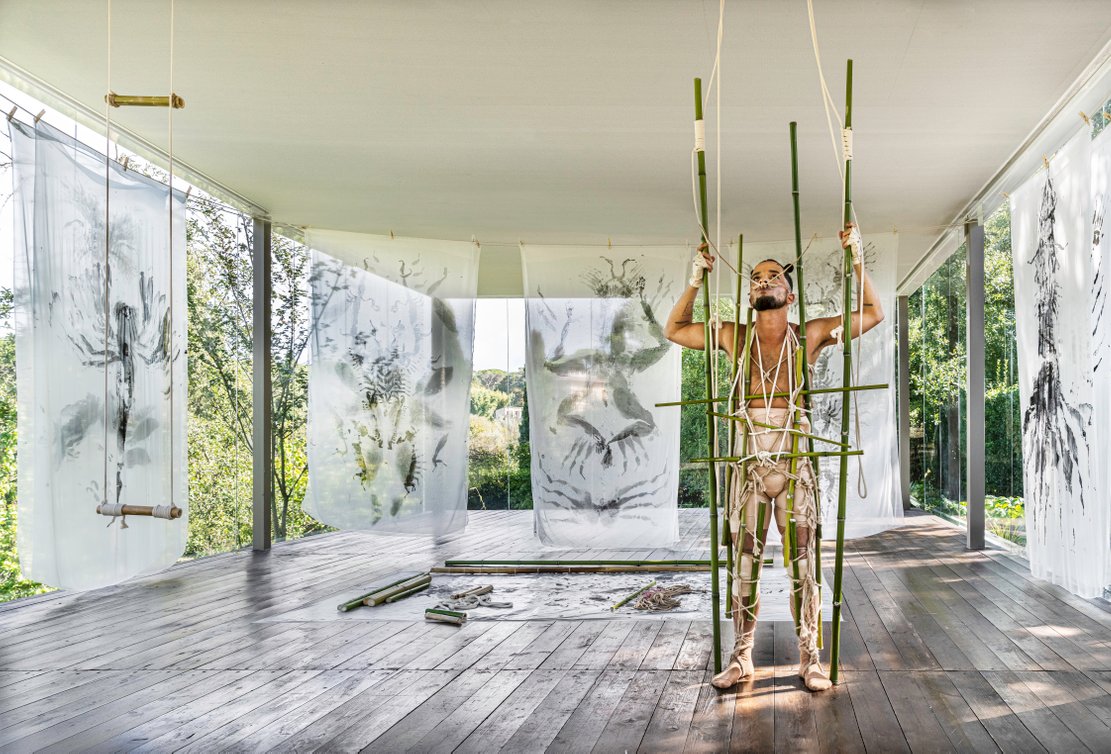
-
Inquiries into the Maternal
April 27
Looking at the following artworks, try respond to the following questions:
- How are the images of motherhood used to construct/deconstruct maternal identities.
Maroš Rovňák: To be a Woman is to be Close to Pain (1999)

Lucia Dovičáková: Maternity Leave (2014)
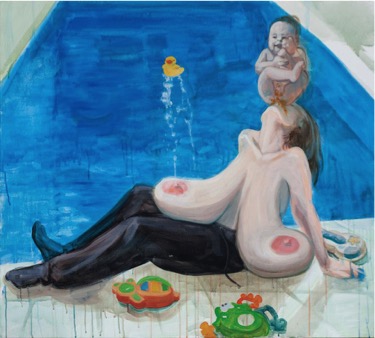
Joanna Rajkowska: Born in Berlin (2012)
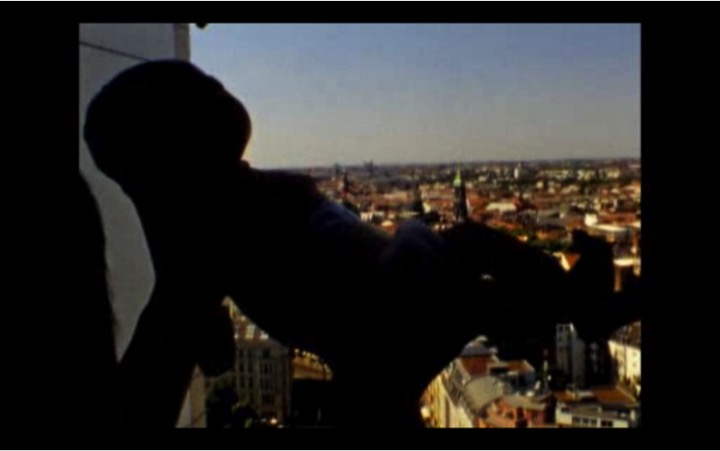
-
Presentations of Team Research Projects
May 4
-
Presentations of Team Research Projects
May 11